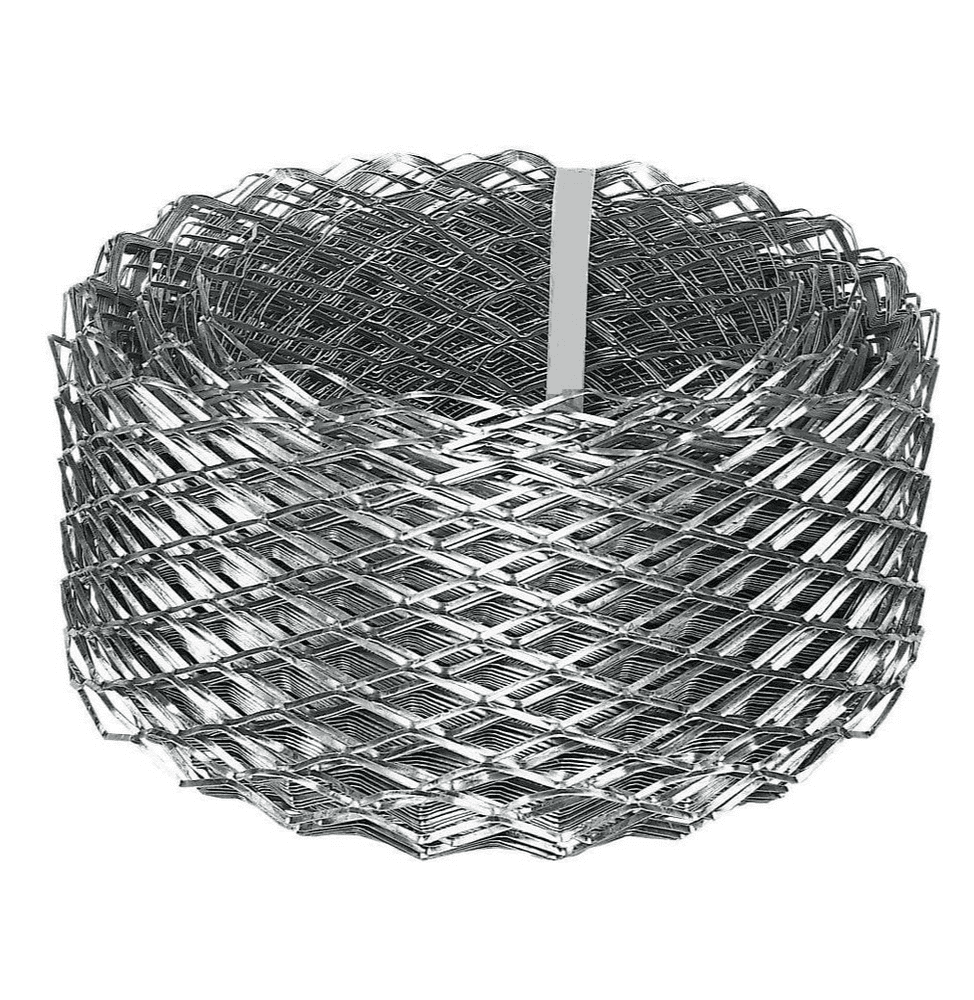
- Mobile Phone
- +8613931874955
- sales@cntcmetal.com
wholesale cattle fencing
Wholesale Cattle Fencing An Essential Guide for Farmers and Ranchers
In the world of agriculture, particularly in cattle ranching, the significance of proper fencing cannot be overstated. Cattle fencing is not just about creating boundaries; it's about ensuring the safety of livestock, protecting crops, and maintaining the overall efficiency of a ranch. This article delves into the essential aspects of wholesale cattle fencing, providing farmers and ranchers with valuable insights into choosing the right materials, understanding pricing, and ensuring durability.
Understanding Cattle Fencing
Cattle fencing is designed to contain and protect livestock from wandering off or being preyed upon by predators. There are various types of fencing materials available, each suited for different needs and purposes. Common types of cattle fencing include barbed wire, high-tensile wire, electric fencing, and woven wire. When selecting the appropriate fencing, it is essential to consider factors such as the size of the herd, the terrain of the property, and the level of security desired.
Types of Fencing
1. Barbed Wire Fencing This is one of the most economical options for ranchers due to its availability and cost-effectiveness. Barbed wire consists of strands of wire with barbs attached at regular intervals. While it can effectively contain cattle, its use may be limited in areas where livestock tend to escape or get injured.
2. High-Tensile Wire Fencing Known for its strength and durability, high-tensile wire is an excellent choice for larger herds or challenging terrains. It is capable of withstanding pressure and is less likely to sag over time. While the initial investment may be higher than barbed wire, its long-term benefits often make it a worthy investment.
3. Electric Fencing As technology evolves, electric fencing has become a popular option among cattle ranchers. This type of fencing uses a shock system that delivers a mild electric pulse to deter livestock from crossing the boundary. Electric fencing can be particularly effective when used in conjunction with other types of materials to reinforce containment.
4. Woven Wire Fencing This type of fencing consists of vertical and horizontal wires woven together to create a barrier that is effective against both large and small animals. Woven wire is more expensive but offers greater flexibility and security, especially in mixed livestock operations.
wholesale cattle fencing

The Importance of Wholesale Purchasing
When it comes to fencing materials, purchasing wholesale can offer significant advantages for ranchers. Buying in bulk can lead to reduced costs per unit, allowing farmers to stretch their budgets further. Additionally, wholesale suppliers often provide a variety of options, making it easier to find the right type of fencing material for specific needs.
One of the critical factors to consider when purchasing cattle fencing wholesale is the supplier's reputation. A reputable supplier will provide high-quality materials that can withstand the rigors of the agricultural environment. It is advisable to read reviews, seek recommendations, and compare prices from multiple suppliers before making a commitment.
Cost Considerations
The overall cost of cattle fencing can vary significantly based on several factors, including the type of material used, the length of fencing required, and installation costs. Barbed wire tends to be the most affordable option, while high-tensile and woven wire can require a larger initial investment. Additionally, factors such as terrain and accessibility can impact installation costs. It is essential for ranchers to assess their specific needs and budget accordingly.
Maintenance and Durability
When investing in cattle fencing, considering durability and maintenance is crucial. Fencing materials are exposed to weather conditions, and over time, they may require repairs or replacements. High-tensile wire and woven wire typically have a longer lifespan than barbed wire, making them more cost-effective over the long term. Regular inspections and maintenance can ensure the longevity of the fencing, preventing potential escape or injury to livestock.
Conclusion
In summary, wholesale cattle fencing is a critical component of successful ranch management. By understanding the different types of fencing and their respective costs, ranchers can make informed decisions that will benefit their operations. Investing in quality fencing materials, purchasing wholesale, and ensuring regular maintenance can ultimately lead to a safer and more productive cattle ranch. With the right knowledge and resources, farmers can effectively manage their livestock, protect their investments, and foster a thriving agricultural enterprise.
share:
-
Why Sacrificial Formwork Is Redefining Underground ConstructionNewsJun.06,2025
-
The Structural Dynamics of Modern Concrete: How Snake Spacers Revolutionize Flexible ReinforcementNewsJun.06,2025
-
Snake Spacers Smart-Lock Concrete Reinforcement with Surgical PrecisionNewsJun.06,2025
-
Snake Spacers: Reinforcement Precision for Modern Concrete ProjectsNewsJun.06,2025
-
Snake Spacers Powering Concrete's Structural DNANewsJun.06,2025
-
Slither into Success: Snake Spacers' Precision Bite for Unbreakable ReinforcementNewsJun.06,2025
-
Sacrificial Formwork: Building Stronger, Faster, and Safer StructuresNewsJun.06,2025



















